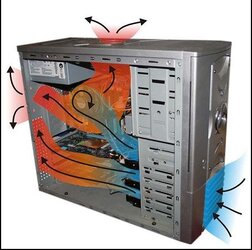- Joined
- Dec 27, 2008
I would turn off Coo N Quiet, Turbo, C1E and C6 in bios. I would then go into Windows Control Panel Power Options and configure it to High Performance. I would also manually configure your memory timings to coincide with the XMP-1600 column in the SPD tab of CPU-z, especially put your CR from 1T to 2T. I would also give the memory voltage a small bump from 1.5 to 1.525 or 1.55 and give the CPUNB a small bump over stockm, maybe to 1.225.
Last edited:
